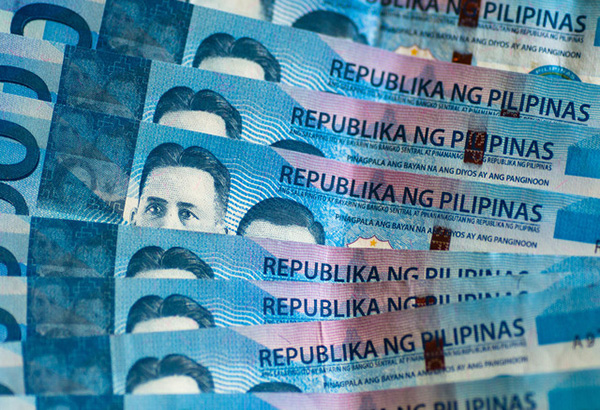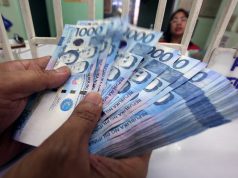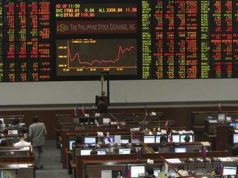MANILA – An analyst forecasts the Philippine peso to weaken beyond the government’s 48-50 target range for 2017 but considers this as still okay as long as depreciation is not beyond 10 percent.
Emilio S. Neri Jr., vice president and lead economist of Ayala-led Bank of the Philippine Island (BPI), projects the peso to end the year at 52.50, way beyond the range set by the country’s economic managers.
By end-2018, the economist projects the peso to be at the 54-level to a greenback.
Neri has repeatedly said that a 52 to a dollar level for the local currency this year and beyond is not bad at all because this will make the local unit more competitive against other currencies.
“We think (that) as long as annual depreciation is less than 10 percent it’s ok as it will unlikely lead to unmanageable inflation,” he told PNA in an e-mail message.
In the first half of 2017, rate of price increases averaged at 3.1 percent, slightly above the mid-point of the Bangko Sentral ng Pilipinas’ (BSP) 2-4 percent target range for 2017-20.
Last June alone, inflation decelerated further to 2.8 percent from month-ago’s 3.1 percent and after peaking so far this year at 3.4 percent last March and April.
The central bank continues to see manageable inflation ahead, with the 2017 figure seen to average at 3.1 percent and lower to 3.0 percent in the next two years.
Traders have said that central bank’s presence in the foreign exchange market is seen as if the peso is depreciating.
Philippine monetary officials said it does not meddle with the foreign exchange rate in the country given its market-determined exchange rate policy although the BSP joins in the trading but only to address extreme volatility.
This foreign exchange operation is among the reasons for the decline in the country’s gross international reserve (GIR).
“Failure to depreciate when current account position swings from surplus to deficit can mean BSP is selling its GIR inventory too fast,” Neri said.
The Philippines’ current account (CA) position is now in deficit, after more than a decade of surpluses, because of higher importation to meet rising domestic demand.
BSP data show that in the first quarter of 2017, the CA component of the balance of payment (BOP), or the sum of a country’s total transactions with the rest of the world, registered a deficit of US$318 million, which is equivalent of 0.4 percent of the gross domestic product (GDP).
Monetary and economic officials as well as analysts said this turnaround is not bad because the higher importation is due to domestic expansion and is met by strong fundamentals and strong foreign exchange reserves.
Central bank data show that as of end-June 2017, the country’s foreign exchange reserves amounted to US$81.41 billion, enough to cover 8.7 months’ worth of imports of goods and payments of services and primary income. It is also equivalent to 5.6 times the country’s short-term foreign debt.
Economic and monetary officials said a country is considered to have a healthy GIR level if it is enough for its three months requirements.









